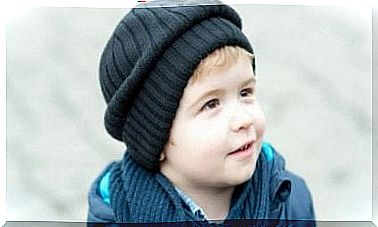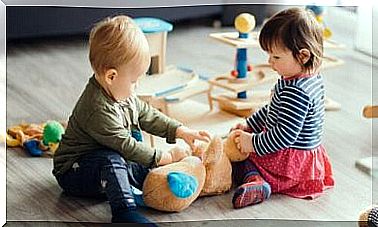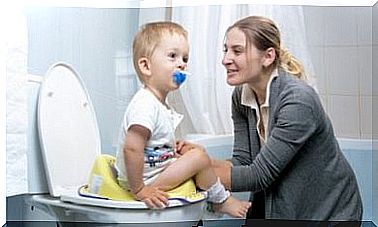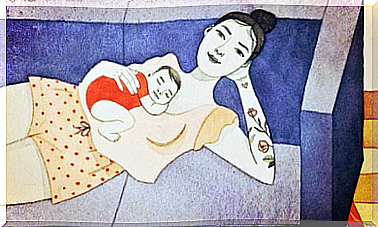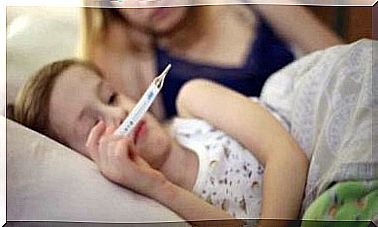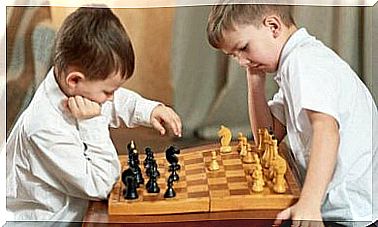The Best Sports For Children With Asthma

Children with asthma do not have to stay away from sports. Exercise and sports can actually help children with asthma to stay fit. In addition, exercise allows them to strengthen their respiratory muscles. This will help their lungs work better.
However, some sports are better than others for children with asthma. We will discuss this further in this article.
What are the best sports for children with asthma?
Some sports are more difficult for children with asthma than others. For example, it is more difficult to trigger an asthma attack when cycling, golfing or archery. This chance is greater in other sports, such as football, basketball, athletics or hockey.

In general, all sports that require a lot of energy and little rest time are difficult for children with asthma. However, that does not mean that they cannot practice these sports. With the right training and the right medication, these children can also practice these sports.
Experts often recommend that children with asthma participate in sports such as yoga, martial arts, baseball, fencing, volleyball, and golf. Swimming is also often recommended, but it should be approached with caution and carefully monitored due to exposure to chlorine.
Triggers of Asthma Attacks During Sports Activities
An important issue that children need to be clear about is what triggers an asthma attack during exercise. Parents play an important role in this, not only in identifying these causes, but also in ensuring that the child does not lose self-confidence.
We should not lose sight of the fact that, as Daniel Hughes points out, exercise is probably the second most common trigger of asthma. Knowing the causes that trigger an asthma attack, among other things, can help you take the right precautions. It also helps the child to stop in time so that the asthma attack is not so severe.
For example, exercising in cold environments can be difficult for children who suffer from asthma, as these conditions tend to exhaust the lungs. High-energy sports can also pose a risk, as can sports played for long periods of time with little or no rest. These sports are also usually more difficult for asthmatic children to tolerate.
When physical activity causes symptoms in an asthmatic child, the most common complaints are coughing and shortness of breath, with chest tightness second. Wheezing is mentioned less often.
In any case, the physical fitness of the asthmatic child is an important factor to consider when assessing their participation in sports, especially if there is an overweight or obesity problem.
This does not mean that an asthmatic child who is not fit should not participate in sports. Rather, they should do just that, but gradually, so that they can get fit little by little. Any asthma attacks will thus not make you lose interest in physical activity.

How do you approach sports practice for children with asthma?
The treatment of asthmatic children who play sports should be adapted to their specific needs. It is very important to discuss this matter with a medical specialist.
Experts generally recommend that children with asthma use an inhaler 15 to 30 minutes before exercise. Furthermore, they should spend more time than usual for the warm-up, in order to warm up more gradually. This will help the child to breathe better during exercise.
In addition, asthmatic children should always have their inhaler handy when exercising. So they can use it if they feel like they are having an asthma attack. If the child cannot have the inhaler with them, at least it should be close by and accessible. In addition, both the coach and teammates must have access to the inhaler to provide it if necessary.
